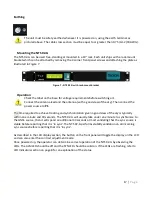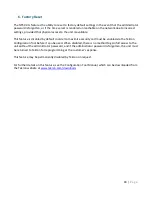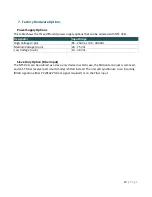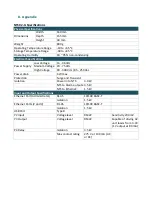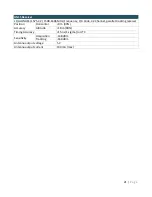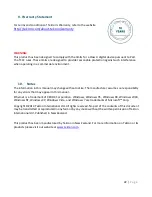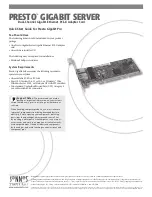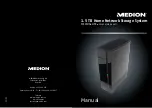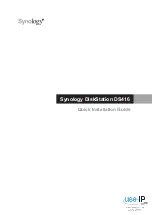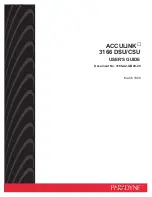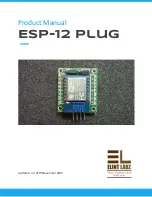
13 |
P a g e
P2: IRIG-B Input (3-pin 3.81 mm Connector)
This port accepts an RS422 level un-modulated IRIG-B signal of the following formats:
•
IRIG-B004 with C37.118.1 extensions
•
IRIG-B005 with C37.118.1 extensions
•
IRIG-B006*
•
IRIG-B007*
*Note: When no extensions are contained in the incoming IRIG-B signal, the incoming time is assumed
to be UTC.
When configured appropriately, the NTS 02-G can synchronize to this source rather than the internal
GNSS receiver, operating as a slaved device from another master source or other time server.
A
120 Ω twis
ted pair cable is recommended for the incoming RS422 line.
The incoming RS422 line should be connected to pins “+” and “-” of the mating connector. An RS422
termination load is provided on pin “T” and can be activated by linking pins “T” and “-” in the mating
connector.
P3: Programmable Output (3-pin 3.81 mm Connector)
This port transmits an un-modulated IRIG-B, programmable pulse, or a DCF77 signal using
RS422 levels on pins “+” and “-” of the mating connector. The default output is an un-
modulated IRIG-B signal (IRIG-B004 with C37.118.1 extensions). It can be used as the master
source signal to drive the P2 inputs of one or many slave NTS 02/03-G units or other end
devices.
The IRIG-B timing pulses (both leading and trailing edges) from this port is typically to within
100 ns of UTC. A 0 V to +3.3 V output signal (single-ended, 0 V referenced) can be obtained by
connecting the signal cable to “+” and “0V” instead of to “+” and “-”.
P3 is a programmable RS422 output that may be configured to output in either inverted or
non-inverted polarity:
•
A configurable number of pulses per second, minute, hour, day with adjustable pulse-width
and offset.
•
IRIG-B time code (Un-modulated DCLS or Modified Manchester) with option C37.118.1 or
AFNOR extensions.
•
Simulated DCF77 receiver time code.

















